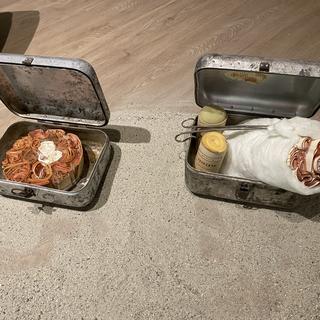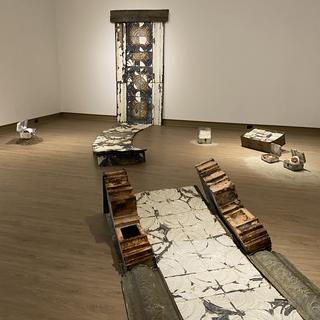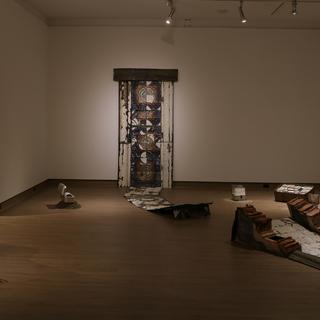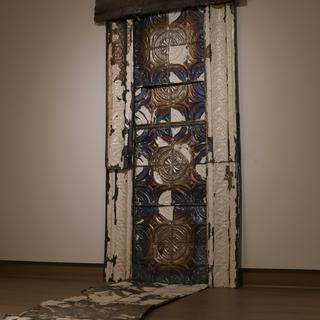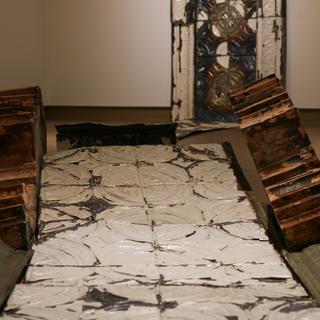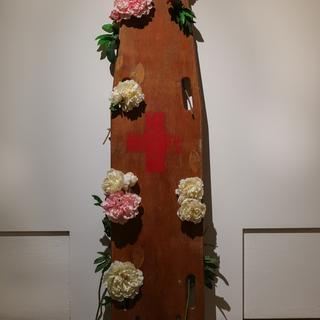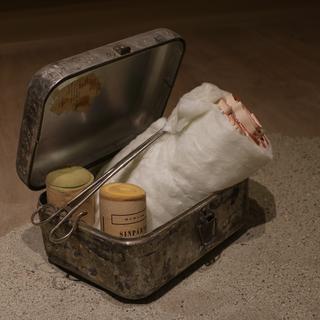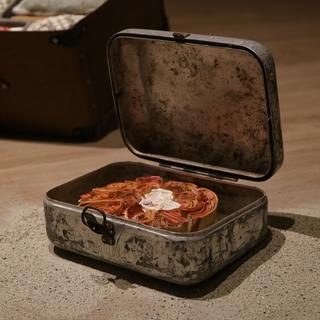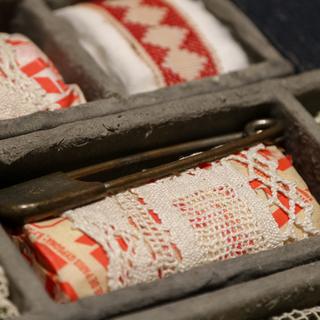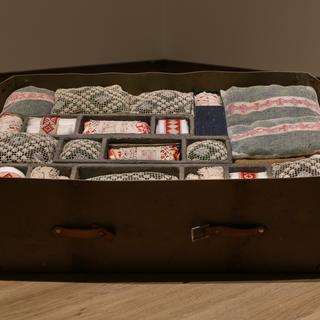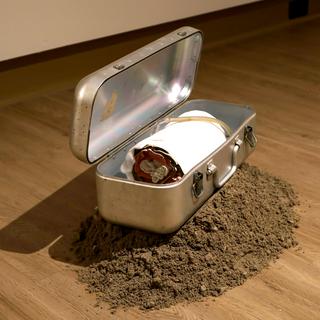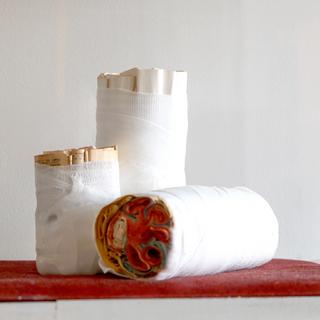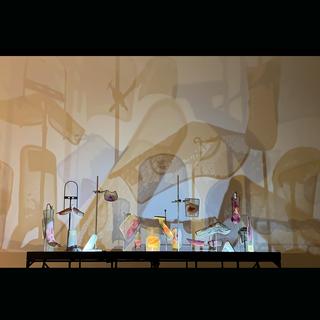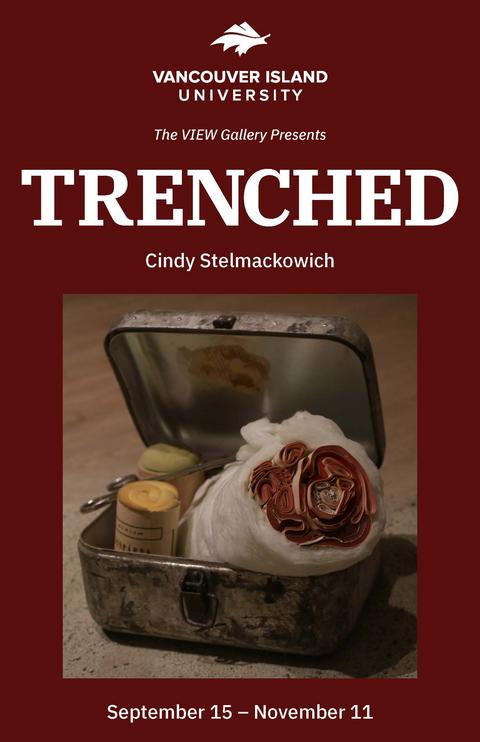The View Gallery was thrilled to welcome Ottawa based sculptor, Cindy Stelmackowich to present new works in her exhibition Trenched. The work shown explore notions of care and violence as each relates to the history of medical advancement and war.
Stelmackowich's creative practice includes the sourcing and collection of vintage medical equipment, medical texts and other related historical artifacts from the last century. She weaves these objects into installations that aid in a reframing of narratives we have long since taken at face value. Recently, her research has explored the relationship that medicine has had with war and how war’s carnage has created a kind of laboratory (out of necessity) to advance the realm of care.
In her artist statement Stelmackowich states that her practice seeks to “create new conversations in the boundaries between art and science, that ask new questions about the body and its materiality, including its cultural histories and aesthetic presentations.”
Cindy Stelmackowich is an Ottawa-based artist, curator, and academic. Interested in their interconnections, she studied both art and science before completing her PhD in the history and theory of art. Stelmackowich has exhibited her artwork across Canada, the United States, and Europe. Her artworks are held by the Canada Council Art Bank, City of Ottawa, Ottawa Art Gallery, and York University, as well as corporate and private collections. She has developed innovative and creative curatorial projects across disciplines as a museum professional, curator, and artist.
The artist and The VIEW Gallery would like to acknowledge and give thanks to The Canada Council for the Arts for their generous support in the execution of this project.
Chai Duncan
VIEW Gallery Curator
Professor, Department of Art and Design

Dr. Whitney Wood is Canada Research Chair in the Historical Dimensions of Women’s Health in the Department of History at Vancouver Island University. Her research interests include histories of health, medicine, and the body in late nineteenth and twentieth-century Canada. In projects focused on the histories of pregnancy, childbirth, obstetrics, and gynecology, her work aims to uncover the ways in which gender, race, class, and other factors have historically intersected to shape persistent healthcare inequities, particularly in relation to the treatment of women’s pain.


